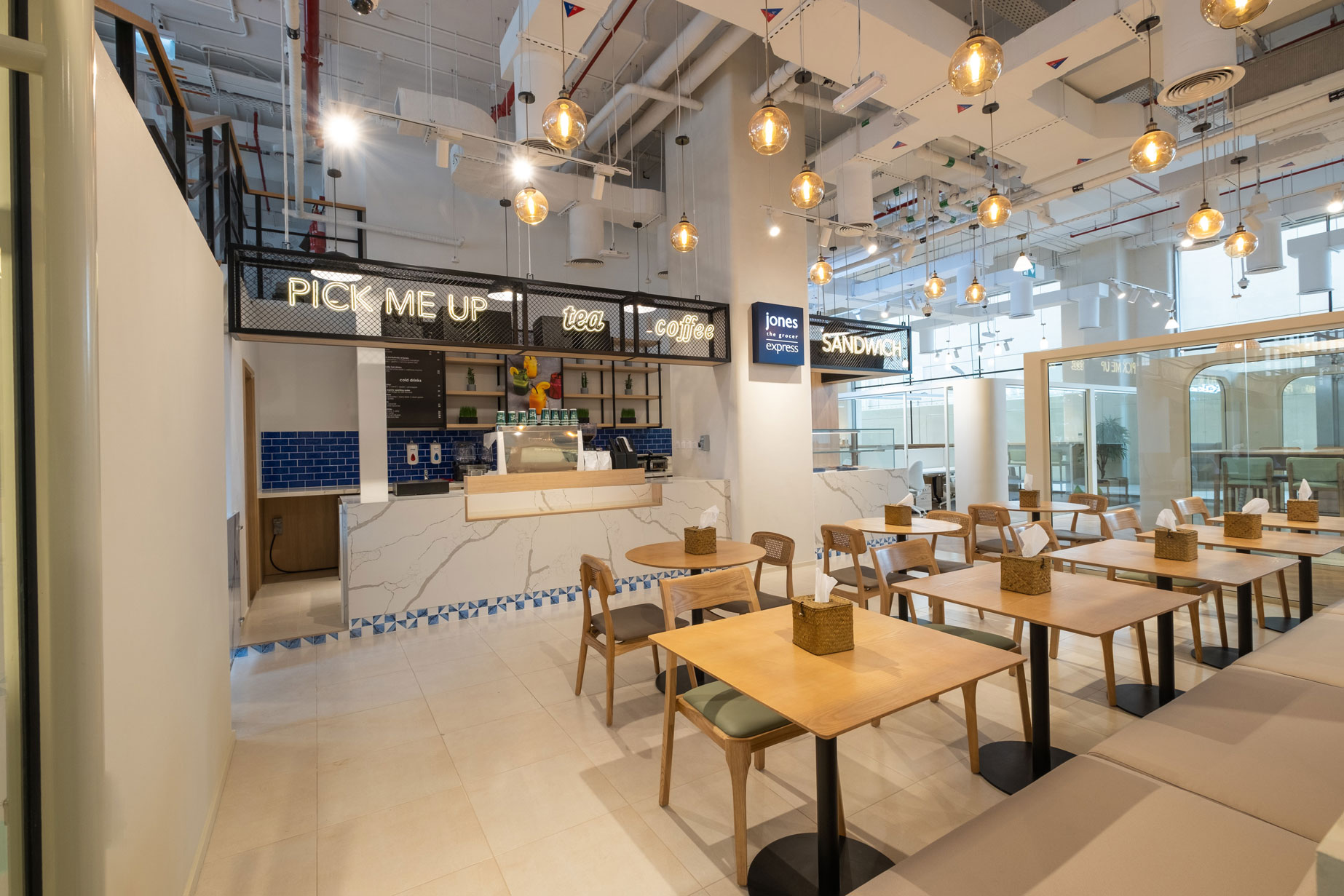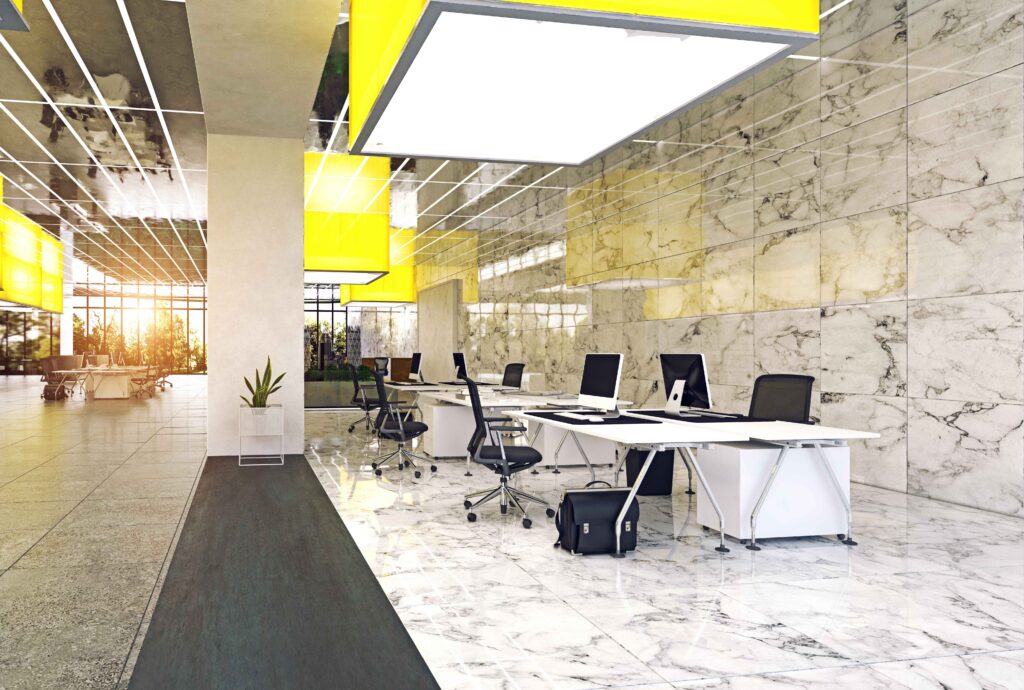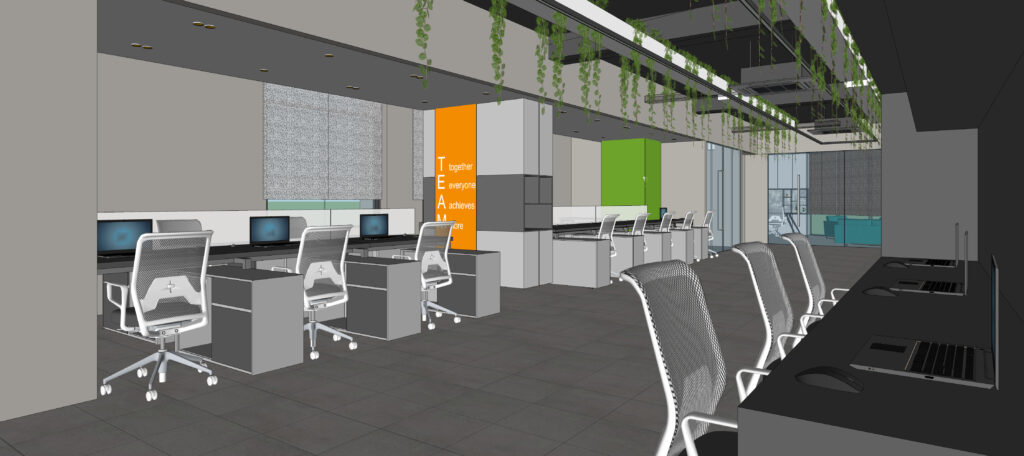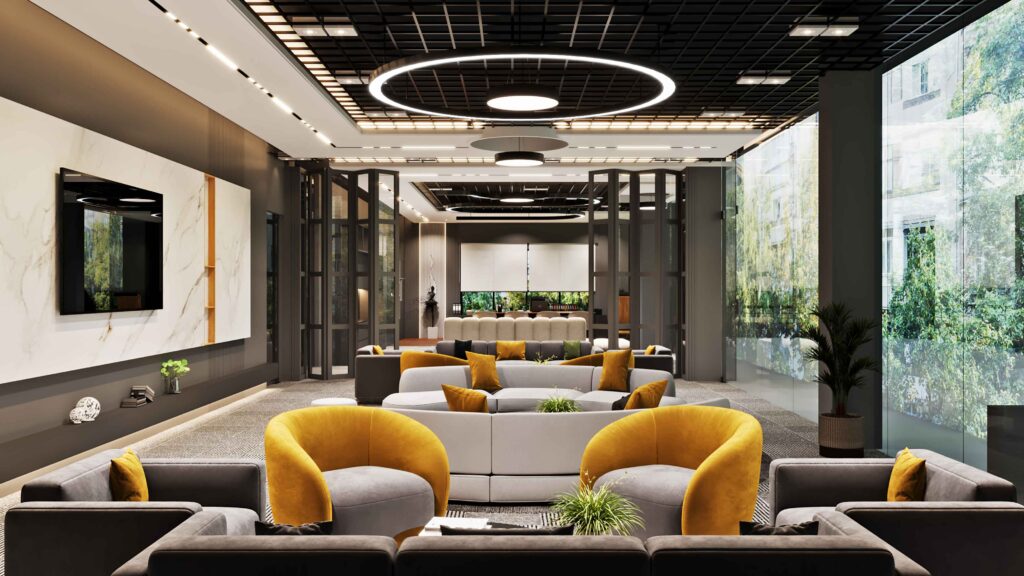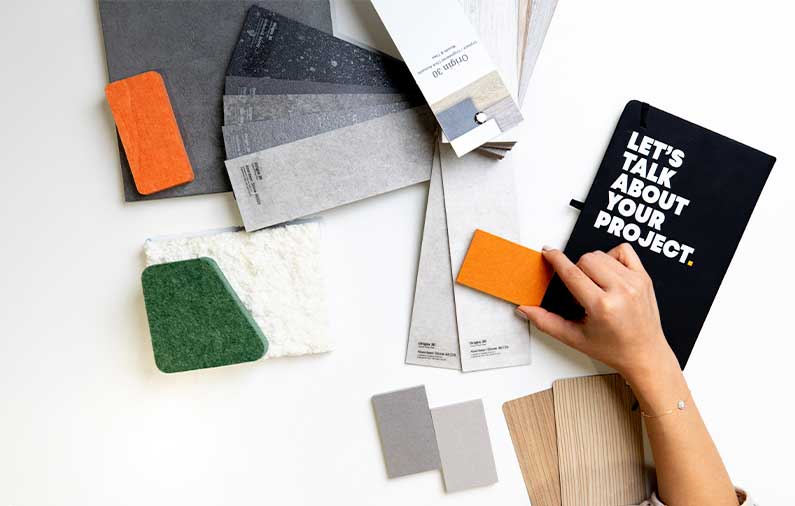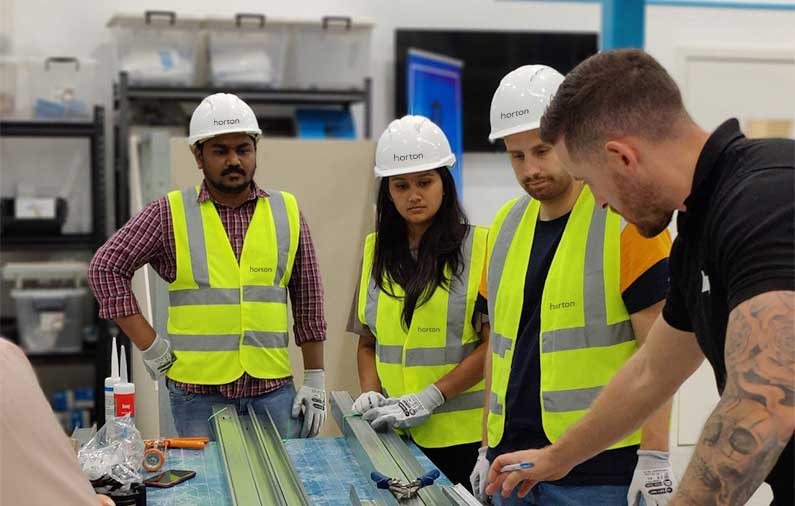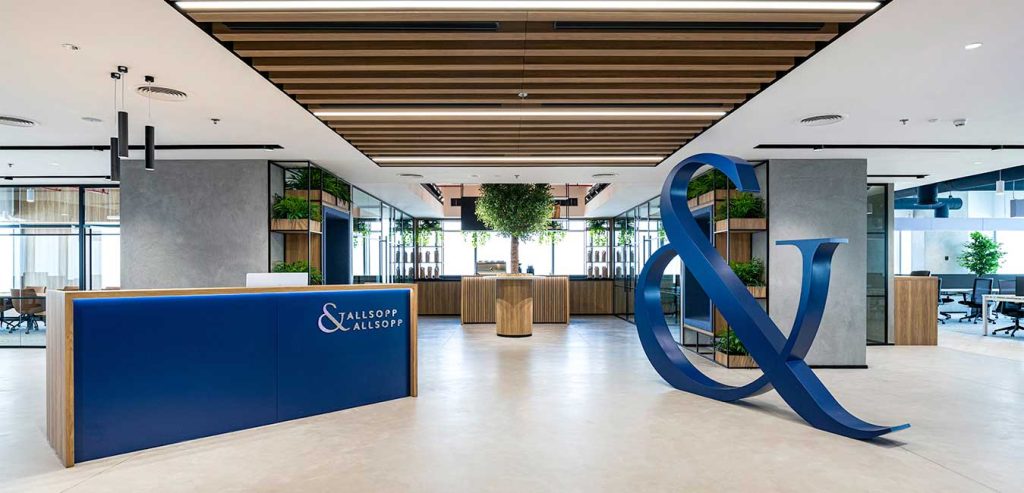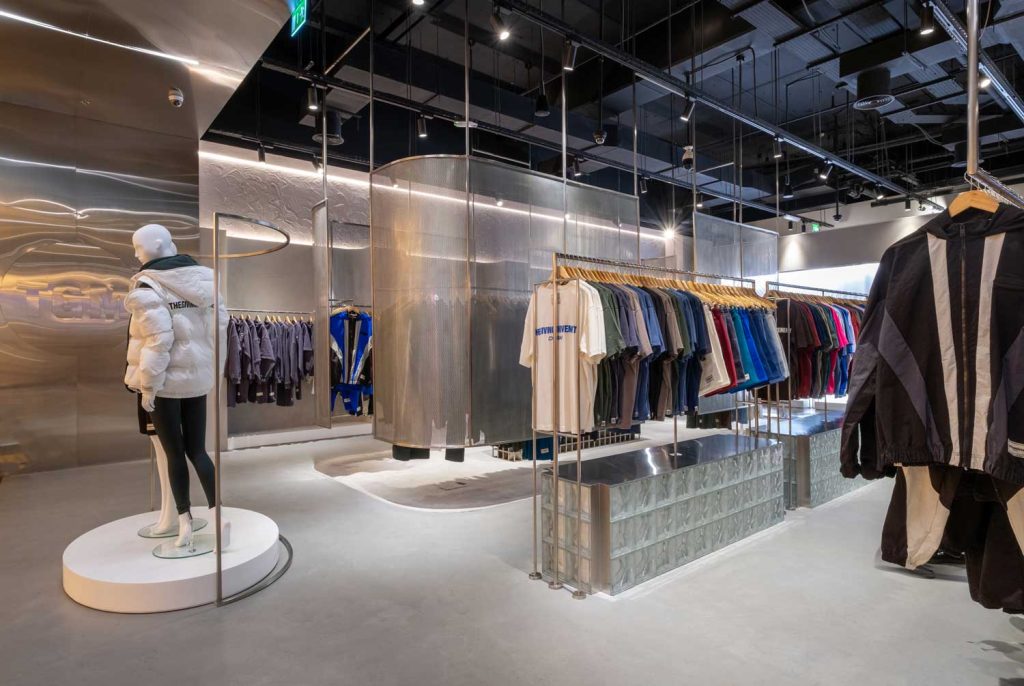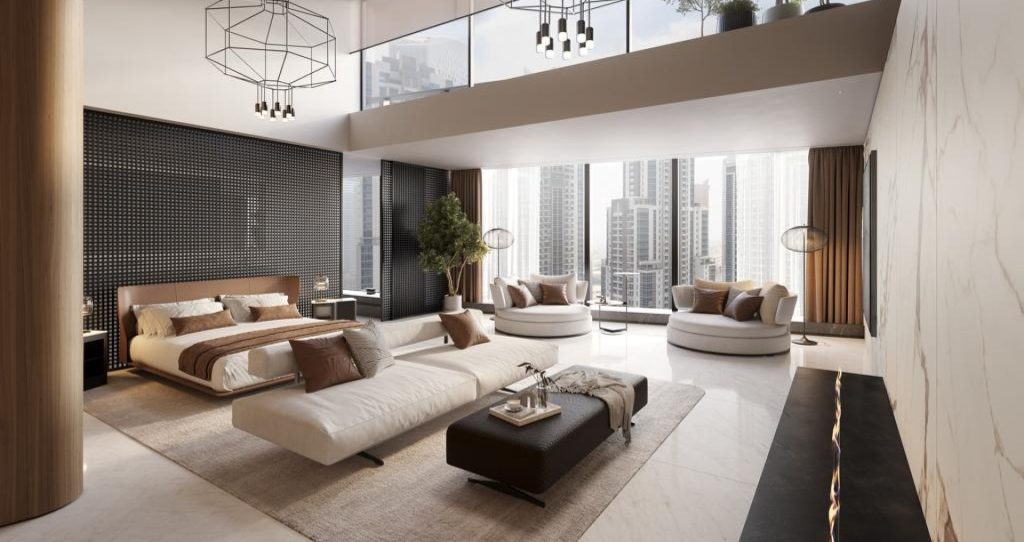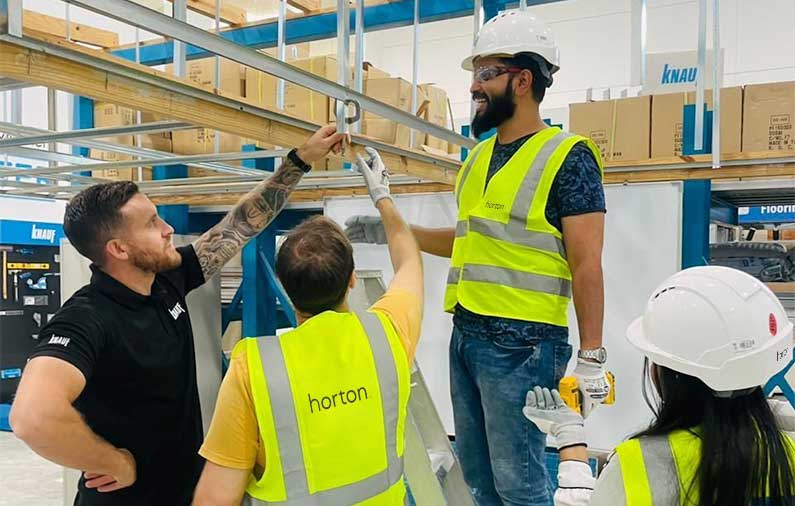New trends shaping F&B design
The F&B industry has evolved exponentially in recent years, with new trends and challenges emerging all the time. We’re seeing significant growth across the Emirates with more interactive dining spaces in malls, exclusive lunch offerings in the business hubs, and a continued surge in new hotels opening in areas like Palm Jumeirah.
Two trends shaping the future of restaurant design are experiential dining – unique, immersive experiences that go beyond the food – and an increasing focus on sustainability and health. Any F&B outlet needs to have something that gets people talking and the power of insta-worthy interiors is clear. As well as generating online attention, having a visually appealing space with a standout feature is central to creating a positive guest experience.
When it comes to turning a vision into reality, there is high demand for design and build firms that can handle the entire process from initial concept design to construction and project management. This helps streamline the process and ensures the project is completed on time and within budget.
Experiential dining
Guests seek experiential eating experiences where food, music, and style combine to create something special. Innovative beverages, theatrical smoking dishes, and visually striking, high-quality cooking generate excitement and engagement. Establishments want their ‘dinnertainment’ to stand out from the crowd, and having a dynamic dining room that lifts the energy is key. That means designing spaces that engage all the senses, fusing elements from interactive technology and lighting to decor and sound.
As the entertainment world has solidified its position in the restaurant industry, others including fashion, design, and sports will gradually find themselves associated with it – an exciting prospect for diners and industry professionals.
Sustainability, health, and simplicity
There is also an increasing focus on sustainability and health. We are being asked to create environmentally-friendly spaces and promote well-being by using sustainable materials, incorporating green spaces, and designing layouts that encourage flexibility and privacy. Moreover, people have become more conscious about what we eat, which has led to an increase in healthier options, like ethically sourced foods or vegan dishes; this shift is being reflected in the space.
In addition to sustainable materials, the well-being ethos plays out through simplicity and functionality. This is what we would call Japandi – a mix of Japanese and Scandinavian styles. It is an aesthetic influenced by the ancient Japanese philosophy of wabi-sabi, championing slow living and contentment. A neutral colour palette, limited decor, and clean lines create a serene and uncluttered space.
Digital integration
Another trend that is likely to continue is using technology in design. From augmented and virtual reality to touchless technology, design and build firms are finding innovative ways to incorporate technology into their projects. Clients increasingly demand digital solutions that enhance the guest experience and streamline operations. They are used to technology making life easier and expect the same seamless experience when dining, starting with their booking until after the occasion ends.
Overcoming challenges
Even in a thriving sector, there are challenges, and running a successful restaurant is never easy. Things to consider include:
- Location: One of the biggest challenges for F&B companies is finding a suitable location. The right site can make or break a business. It should be easily accessible, have adequate parking, and be in a high-traffic area. Additionally, the rent should be affordable based on the restaurateur’s budget. A design and build partner and commercial real estate agent can help with the search, looking at the property’s needs and which areas are in high demand with the biggest potential for success.
- Design and layout: A functional environment with a well-designed, well-considered layout enhance customer satisfaction and make it easier for staff to do a good job. However, there is often not enough thought given to optimizing the space for everyone’s benefit. Base the look and feel on the restaurant’s theme, target audience, and brand identity, while ensuring all the practical elements, such as the smooth circulation of staff are not forgotten.
- Budget: Restaurant interior design costs vary significantly and can quickly escalate as the project progresses. Seeking support from a reputable design and build firm specializing in restaurant fit-outs will help you stay within budget, advising on how to use cost-effective materials and equipment without compromising on quality and staying true to the design intent.
- Compliance and regulations: One of the most challenging and crucial aspects of opening a new restaurant is being compliant with the local laws and regulations, and keeping up to date with any changes. It’s best to work with a local expert – D&B Firm, who specializes in this area, plus one should always do their research to understand exactly what is required in that specific location.
Overall, restaurants are having to do more to attract clientele and encourage them to dine in, particularly in the current climate of increased competition and uncertainty. Design can play a critical role in this effort by creating a space that is both visually appealing and functional, as well as one that provides a unique and memorable dining experience.
The key components of success are:
- Creating an inviting atmosphere.
- Offering a unique dining experience.
- Focusing on hygiene and safety.
- Incorporating technology.
- Creating an outdoor space.

